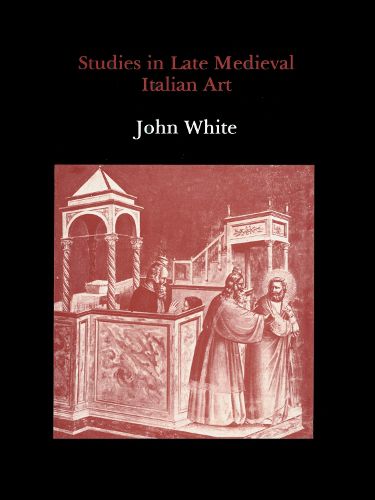Readings Newsletter
Become a Readings Member to make your shopping experience even easier.
Sign in or sign up for free!
You’re not far away from qualifying for FREE standard shipping within Australia
You’ve qualified for FREE standard shipping within Australia
The cart is loading…






In this second volume of Professor White’s studies, the emphasis shifts to Italian art in the thirteenth and fourteenth centuries, and the major figures who were responsible for the decisive changes in painting and sculpture that were to lead on to the Renaissance. Here again, however, there is the same concern with the actual monuments. The author devotes two major studies to the reconstruction of the original appearance of Duccio’s Maesta and of Nicola Pisano’s Perugia Fountain. An important new study of the physical evidence for Cimabue’s work at Assisi shows the value of an understanding of the working processes involved there. This conviction that the starting point in a thorough investigation into the original appearance or development of any work of art lies in the observation of the physical evidence is central to Professor White’s approach, whether this may be the arrangement of panels on a polyptych, or the scrutiny of giornate on a painted ceiling.
$9.00 standard shipping within Australia
FREE standard shipping within Australia for orders over $100.00
Express & International shipping calculated at checkout
In this second volume of Professor White’s studies, the emphasis shifts to Italian art in the thirteenth and fourteenth centuries, and the major figures who were responsible for the decisive changes in painting and sculpture that were to lead on to the Renaissance. Here again, however, there is the same concern with the actual monuments. The author devotes two major studies to the reconstruction of the original appearance of Duccio’s Maesta and of Nicola Pisano’s Perugia Fountain. An important new study of the physical evidence for Cimabue’s work at Assisi shows the value of an understanding of the working processes involved there. This conviction that the starting point in a thorough investigation into the original appearance or development of any work of art lies in the observation of the physical evidence is central to Professor White’s approach, whether this may be the arrangement of panels on a polyptych, or the scrutiny of giornate on a painted ceiling.